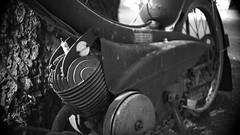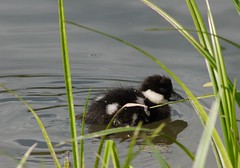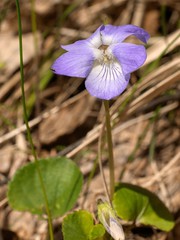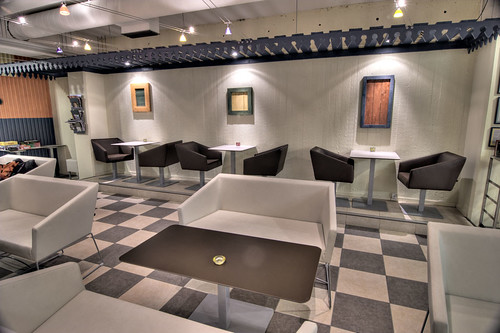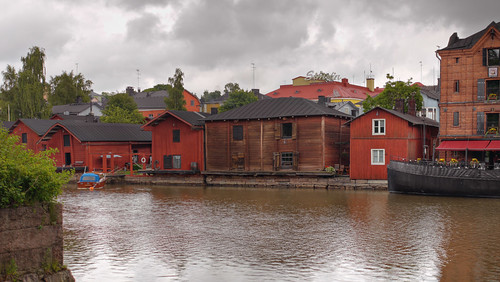Re: Fine Control
Quite agree, and one can't say this enough. As my mates back in Oz would say "Jpegs are for wimps, mate!"

A different technique I use mainly when copying slides is to shoot "Over" and "Under" and load them as layers placing the lighter one on top. Then Using "Select Color Range" choose Highlights, Feather between 150 and 200 Pixels and press Cmd/Ctrl "X" and then flattening the Layers . It will usually suffice to get more range this way. Three different exposures can be made of course for those requiring more detail from shadow areas while maintaining detail in skies for example.
There's another fine way of playing with light and shadow and that's simply placing a New Layer over the existing one and filling it with 50% Grey and then changing this Layer's Style to Overlay. Then proceed to paint in Black or White (as indicated - Default by pressing "D" and switch from one to the other by pressing "X") with the opacity set back to between 15 and 20% to taste. The ability to turn this Layer on and off occasionally will better show you what results you're obtaining, as sometimes it seems you've hardly made any changes. If you want to cancel an area you've painted on; just paint it with 50% Grey again.
This image, called "Twelve Eyes", originally very harsh, was treated with the above technique:
That's a great technique m3photo, I was shown a similar one a couple of years ago except it uses PS to create the mask.
Open both images dark one on top.
On the dark layer create a mask.
Go to the lighter layer and use Ctrl + A to Select All, then Ctrl + C to Copy.
Go back and select the Mask you just created and use Ctrl + V to Paste.
A B&W version of the bottom (Lighter) layer will be copied to the mask.
Go to Filter>Blur>Gaussian Blur and blur it lots (around 40% or so, it's worth playing around with this figure).
On the top dark layer select the Blend Mode as you suggested to Overlay or Soft Light etc. whichever works best for that image.
There you have it, two different exposures perfectly blended into each other. You can continue with other exposures in the same way.
Any other exposures with any significant detail can be added. The easiest way is to Merge Down what you have so far to a new Layer by using Ctrl + Shift + Alt + 'E' then open another exposure, add a Mask to the darker of the Layers, if your new layer is darker than the composite layer then put the mask on that layer and copy and paste the lighter composite to it as above, if your new Layer is lighter then add the the mask to the composite Layer and copy and paste the lighter one into the new mask and blur and blend as before. In other words the darker layer carries the mask and the lighter layer is blended into it.
This technique usually works 'out of the box', but, of course, there is nothing to stop you from manually 'tweaking' by painting directly onto the mask.
That's another great picture you have there, those cat's look really threatening, or is that just me?
Chris





